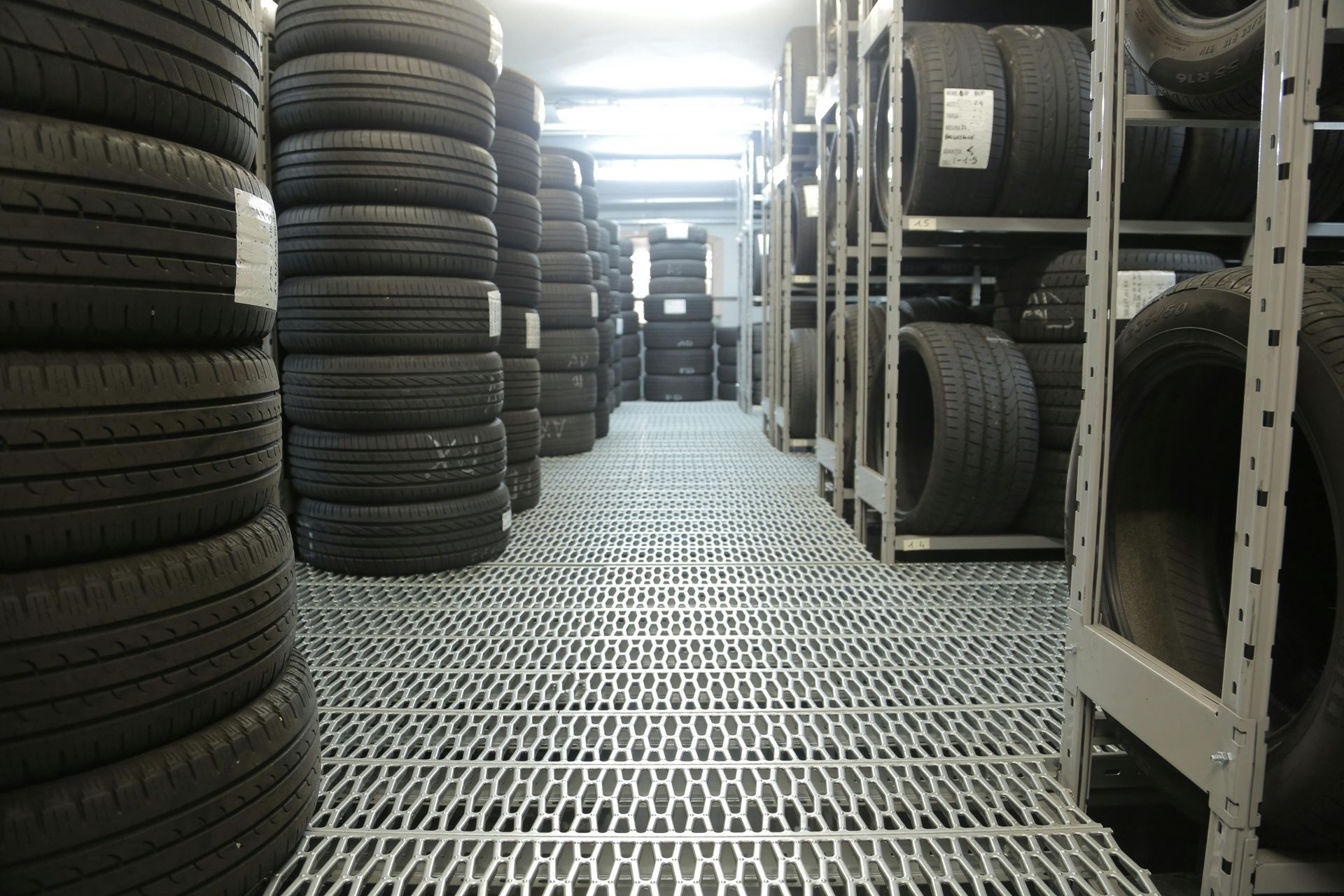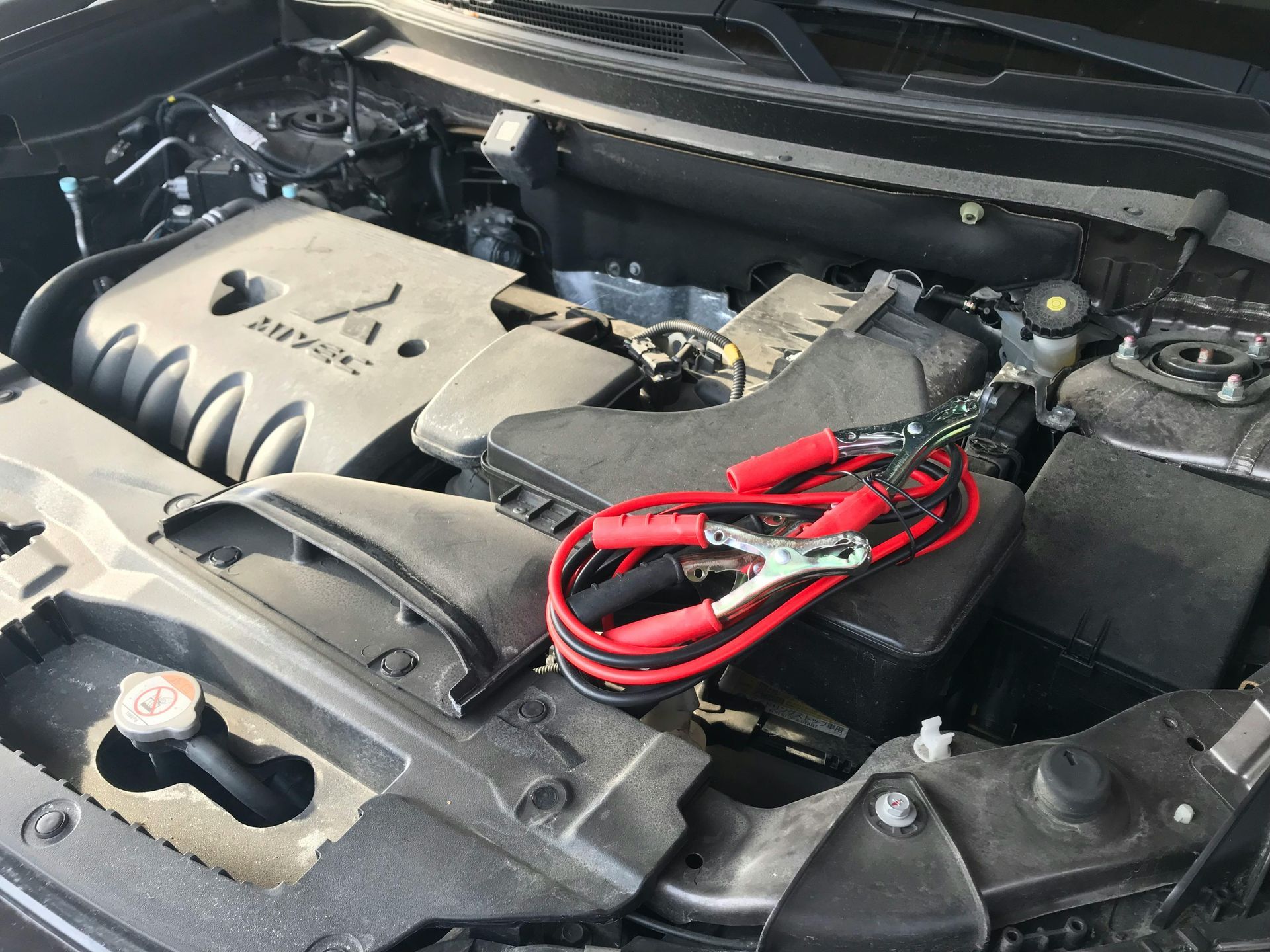Choosing The Right Motor Oil
Navigating Viscosity and Grades
Motor oil is the lifeblood of your vehicle’s engine, ensuring its smooth operation, minimizing friction, and prolonging the engine's lifespan. However, with a multitude of motor oils on the market, all with different viscosity ratings and grades, choosing the right one can be a daunting task. In this guide, we’ll walk you through the key aspects of motor oil, focusing on viscosity and grades, so you can make an informed decision when it’s time for an oil change.
What is Motor Oil?
Motor oil is a lubricant designed to reduce friction and wear between the moving parts inside an engine. It also helps to clean the engine by carrying away contaminants and preventing corrosion. Motor oils are formulated to work within a range of temperatures and operating conditions, and selecting the right one for your vehicle can improve fuel efficiency, reduce engine wear, and enhance performance.
Understanding Viscosity: What Does It Mean?
Viscosity refers to the thickness or resistance to flow of the oil. It’s an essential characteristic because it determines how well the oil will circulate through your engine at different temperatures. In simple terms, the higher the viscosity, the thicker the oil; the lower the viscosity, the thinner it is.
Motor oils are typically rated by their viscosity using a numerical system developed by the Society of Automotive Engineers (SAE). The most common format is a two-part number, such as 5W-30, where the “W” stands for winter and the numbers represent the oil's viscosity at different temperatures.
What the Viscosity Numbers Mean
- The First Number (e.g., 5 in 5W-30): This number indicates the oil's viscosity at low temperatures. The lower the number, the thinner the oil is at cold temperatures. For instance, 0W-20 oil flows more easily in cold weather compared to 10W-30 oil. This is important because it helps the engine start more easily in colder climates and ensures that the oil flows to critical engine parts quickly after starting.
- The Second Number (e.g., 30 in 5W-30): This number refers to the oil's viscosity at high operating temperatures. The higher the number, the thicker the oil is at high temperatures. A 30-weight oil (like 5W-30) is generally appropriate for most modern engines, balancing performance in both hot and cold conditions.
What is a Multi-Viscosity Oil?
Multi-viscosity oils, such as 5W-30 or 10W-40, are oils that work across a wider range of temperatures. The first number shows how the oil performs at low temperatures (winter), while the second number shows its performance at high temperatures. Multi-viscosity oils are particularly popular because they can adapt to a variety of climates without the need for frequent oil changes.
What Does "Grade" Mean in Motor Oil?
Motor oil comes in different grades, such as conventional, synthetic, and synthetic blend. These grades are based on the oil’s composition, performance, and ability to withstand temperature extremes and engine stress. Here's a closer look at the different types of motor oils:
- Conventional Oil: Conventional motor oil is derived from crude oil and is the most basic type of motor oil. It's suitable for engines with standard operating conditions but may not perform as well under extreme temperatures or high stress.
- Synthetic Oil: Synthetic oils are chemically engineered to provide superior performance, particularly in high-performance engines. They offer better stability at extreme temperatures, enhanced protection against engine wear, and can last longer between oil changes. Synthetic oils are ideal for high-mileage vehicles, heavy-duty engines, and those that operate in extreme conditions (either very cold or very hot environments).
- Synthetic Blend Oil: Synthetic blend oils are a mix of conventional and synthetic oils. They offer some of the benefits of synthetic oils, like better high-temperature performance and improved engine protection, but at a lower price point.
- High-Mileage Oil: Specifically designed for vehicles with over 75,000 miles on the odometer, high-mileage oils contain additives that help reduce oil burn-off, minimize leaks, and improve engine sealing.
Choosing the Right Oil for Your Vehicle
- Check the Owner’s Manual: The first place to start when choosing motor oil is your vehicle’s owner’s manual. The manufacturer will specify the required oil type, grade, and viscosity for your engine. Following these guidelines is essential for maintaining warranty coverage and ensuring your engine runs optimally.
- Climate Considerations: If you live in a region with extreme weather conditions (very cold winters or hot summers), your choice of oil viscosity may vary. For example, if you live in a colder climate, you may want to choose a lower winter viscosity oil (like 0W-20 or 5W-30) to ensure better cold-start performance. On the other hand, if you live in a hotter climate, a higher viscosity (like 10W-40) might be needed for better protection at high temperatures.
- Driving Conditions: If your driving habits include frequent short trips, towing, or stop-and-go driving, you may need a high-quality synthetic oil. These conditions can generate more engine heat and wear, requiring more robust protection than conventional oils can offer.
- Engine Type: Performance vehicles or high-performance engines (such as sports cars or trucks) typically require full synthetic oils, as they can handle higher temperatures and provide better protection under heavy stress.
Conclusion
Choosing the right motor oil can make a significant difference in the health and longevity of your engine. By understanding key terms like viscosity, grade, and the different types of oil available, you’ll be better equipped to make the right choice for your vehicle. Whether you opt for conventional, synthetic, or synthetic blend oil, always follow the manufacturer’s recommendations for the best results. After all, a well-maintained engine is a long-lasting engine.


Follow us
Lariat Automotive
Services
Follow us
Lariat Automotive
5142 Rice Lake Rd, Duluth, MN 55803, United States of America
Mon - Fri 7:00 AM - 5:00 PM
© 2024 Business Name. All Rights Reserved | Website managed by Shopgenie












